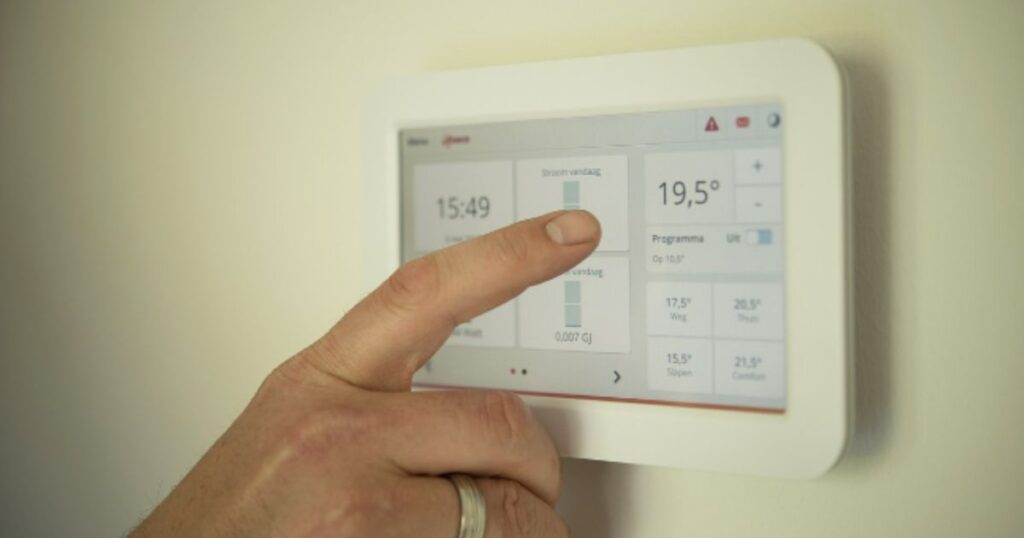As the colder months approach, ensuring your heating system is functioning efficiently becomes paramount. However, homeowners often encounter various heating problems that can disrupt comfort and lead to costly repairs. Identifying and addressing these issues early can save time, money, and stress. Here are seven common heating problems along with effective solutions to keep your home warm and cozy.
Low or No Airflow from Vents
Experiencing low or no airflow from your heating vents can significantly affect your home’s comfort level. This issue may arise due to several reasons, including blocked vents, closed dampers, or a malfunctioning blower motor. To troubleshoot, first, check all vents to ensure they are fully open and unobstructed by furniture or debris. If airflow is still inadequate, inspect the ductwork for any leaks or blockages. Using services like Sveagle Heating and Plumbing can provide a comprehensive inspection and repair of your system. Professionals can ensure your ducts are sealed correctly and that the blower motor is functioning optimally, improving overall airflow and heating efficiency.
Thermostat Issues
A malfunctioning thermostat can lead to inconsistent temperatures in your home. If your thermostat isn’t working properly, it may be failing to communicate accurately with your heating system. Begin by checking the batteries to see if you have a digital thermostat. If it’s still unresponsive, ensure it’s set to the correct mode and temperature. For older models, consider recalibrating the device. If problems persist, it may be time to replace the thermostat altogether. Modern smart thermostats can offer enhanced control and efficiency, making them a worthwhile investment.
Strange Noises from the Heater
Unusual sounds coming from your heating system can indicate underlying issues. Common noises include banging, rattling, or hissing. Banging sounds might suggest loose components within the system while rattling could indicate debris in the blower. Hissing noises may be a sign of a gas leak, which is serious and requires immediate professional attention. To address these sounds, perform a visual inspection of the system, checking for loose screws or debris. If you can’t pinpoint the source of the noise or if you suspect a gas leak, contacting a professional technician for a thorough evaluation is crucial.
Short Cycling
Short cycling occurs when your heater turns on and off frequently without reaching the desired temperature. This issue can result from an oversized heating unit, a malfunctioning thermostat, or a dirty air filter. An oversized unit can lead to rapid heating and cooling cycles, while a dirty filter restricts airflow and causes the system to overheat.

To troubleshoot, check, and replace air filters regularly, ideally every month during peak usage. If short cycling continues, consider consulting a heating professional to assess the system’s size and condition.
Dirty or Clogged Filters
Dirty air filters are a common heating issue that can lead to various problems, including reduced airflow and increased energy costs. Clogged filters force your heating system to work harder, potentially causing it to overheat or break down. Regular maintenance of air filters is essential to keep your heating system running efficiently. Check filters monthly and replace them at least every three months or as needed. A clean filter not only improves airflow but also enhances indoor air quality, benefiting your health.
Pilot Light or Ignition Problems
For gas heating systems, a malfunctioning pilot light or ignition can prevent your heater from working altogether. If the pilot light is out, you can try relighting it according to the manufacturer’s instructions.

If it repeatedly goes out, there may be an issue with the thermocouple or gas supply line. It’s important to monitor for any signs of gas leaks and to call a professional immediately if you smell gas. Regular inspections can help identify potential problems before they escalate, ensuring your heating system remains safe and operational.
Uneven Heating
Uneven heating throughout your home can be frustrating, as some rooms may feel warm while others remain cold. This problem often arises from blocked vents, poor insulation, or an improperly sized heating system. Start by ensuring all vents are open and free from obstruction. If certain areas of your home are consistently cooler, consider adding insulation to those spaces or using space heaters to supplement heating. In some cases, installing a zoning system can help control temperatures in different areas more effectively.
Maintaining a well-functioning heating system is vital for comfort and energy efficiency during colder months. By recognizing and addressing these common heating problems early, homeowners can avoid costly repairs and ensure a warm living environment. Regular maintenance, including checking filters, inspecting ducts, and seeking professional help when needed, will go a long way in keeping your heating system in top shape. Stay warm and proactive this season!



